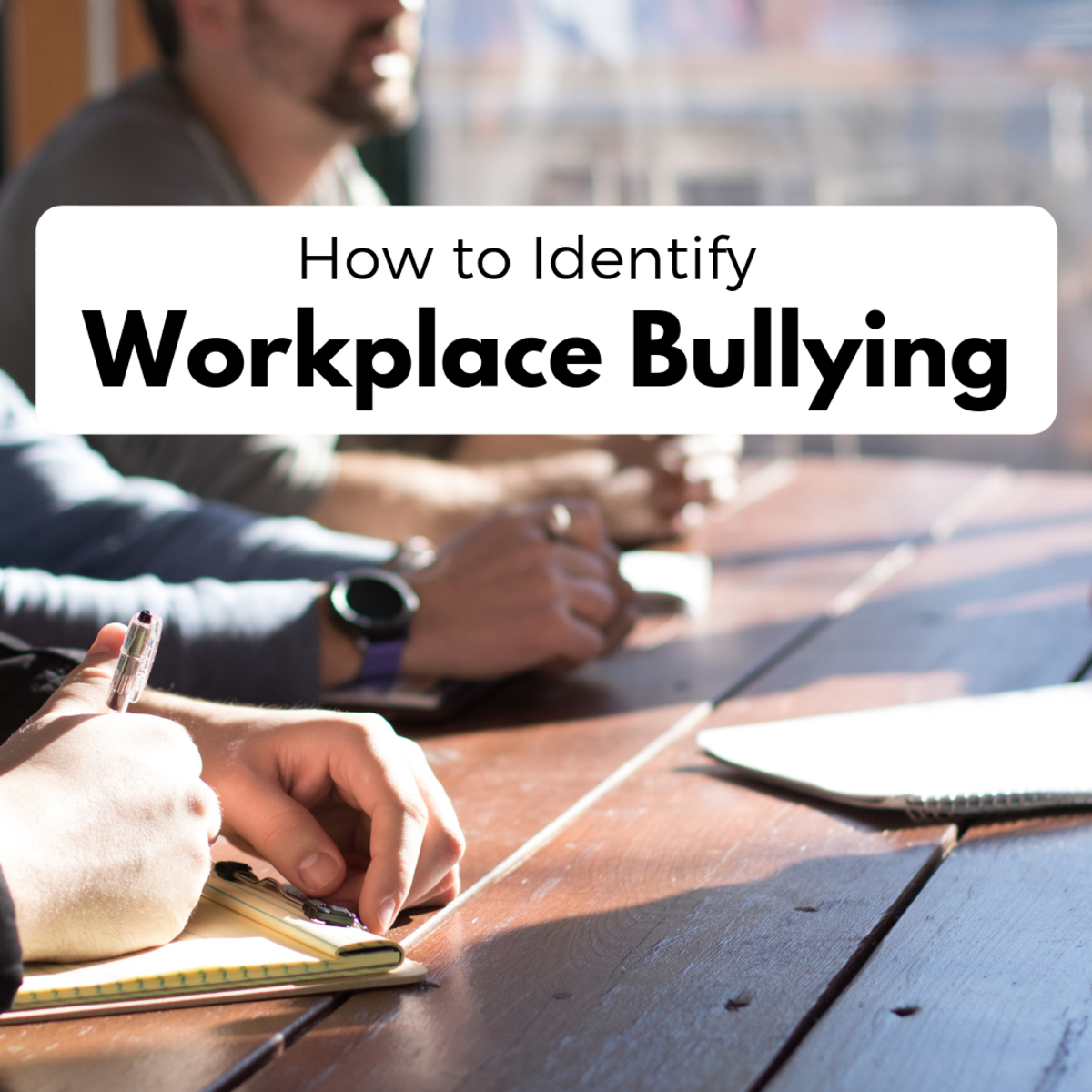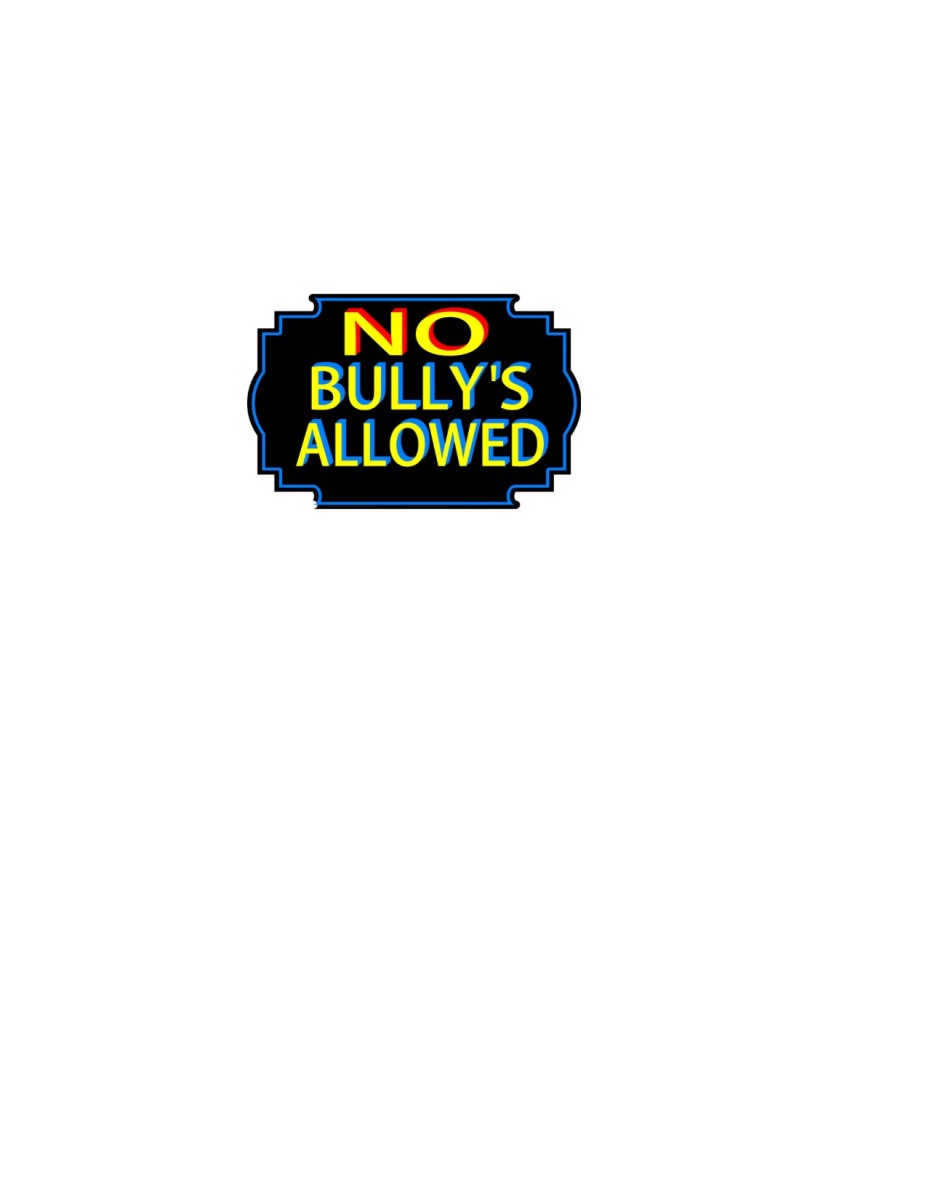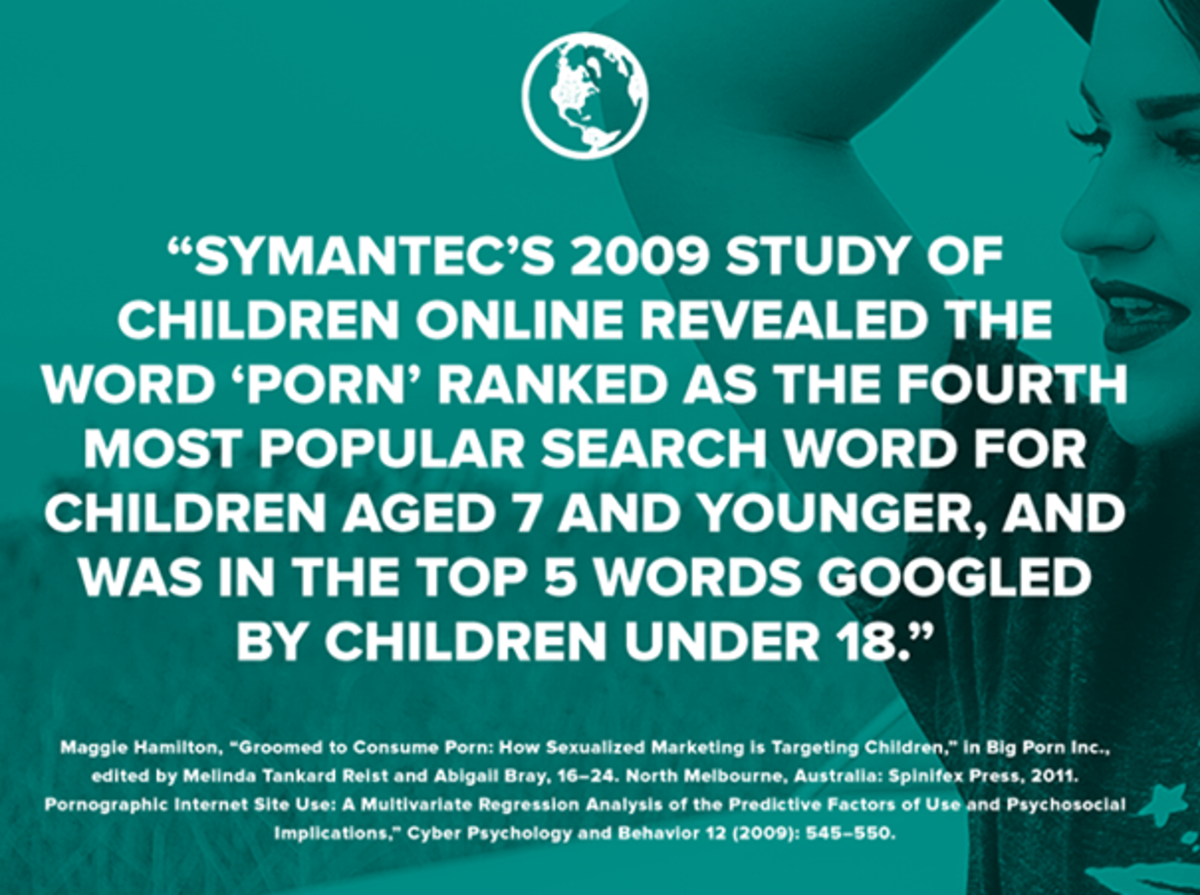Workplace Bully


Workplace Bullying: What it Is and The Effects
I wrote this article awhile back as part of a course in Freelance writing that I am taking. I feel that the topic is very relevant in today's job market. We have heard the headlines about major corporations cutting their workforce. As a result many employees feel threatened and coerced to comply with unreasonable expectations of their workplace, such as working longer hours and taking work home, in order to keep their job.
Wikipedia defines workplace bullying as the tendency of individuals or groups to use persistent aggression or unreasonable behaviours against a co-worker. Canada Safety Council, September 2000 states that over 72 percent of bullies are bosses, some are co-workers and a minority of employees bully higher-ups. Recently school bullying, has been in the news headlines, as students use cyberspace to expand the scope of their bullying. Workplace bullying, much like school bullying, has negative impact on everyone. A hostile work environment is often manifested in very subtle and more sophisticated ways than schoolyard bullying. If nothing is done about bullying, the consequences can be dire; not only lowering employees’ morale and diminishing productivity, but the demoralization of a workforce.
The subtle nuances of a hostile work environment can be pervasive as bullying is often not very obvious, hence, not reported or addressed. The bullied often second guesses him/her because of lack of tangible evidence of such aggression. For instance, how does one confirm that an almost completed project was re-assigned because the boss thinks someone else should get the recognition for its success?
What is Bullying
Bullying can be as subtle as talking down to a person in a condescending manner, demonstrating to others that the person is not competent or as overt as firing the person in a disrespectful manner. The following are some of the ways that workplace bullying can be identified:
- Spreading rumours about a person to tarnish their reputation and credibility.
- Excluding a person from social events or influencing others to not associate with a person.
- Making disparaging remarks about a person or about their ethnicity. For instance, Martha, a woman of colour, working in the Community Healthcare field, said that several times at staff meetings, a facilitator would make comments about employees based on some stereotypes of their ethnic background. This made her feel uncomfortable and under personal attack, especially when she was the only minority at the meeting.
- Overlooking a person and getting second hand information from others about projects/tasks that the person is working on.
- Re-delegating tasks away from a person without explanation. This undermines confidence as the person who was originally assigned the task can only assumed that they were not doing a satisfactory job.
- Not providing adequate notice of deadlines, therefore setting up the person to fail.
- Not acknowledging or responding to time sensitive communications from the person, hence causing delay in achieving deadlines.
- Not providing adequate feedback to a person’s performance and therefore not giving the person an opportunity to improve prior to a performance appraisal.
- Disparity in remuneration, where colleagues with similar or less qualifications/experience and similar responsibilities are paid at higher salary rates.
- No personal recognition and positive feedback for taking initiative and contributing to the achievement of department/organizational goals.
- Firing a person in a disrespectful manner, to send a strong message to others who are aligned to them.
Impact of Bullying
A hostile work environment can negatively impact the individual, a team as well as an organization. According to The Canada Safety Council, September 2000, a 1999 International Labour Organization (ILO) report on workplace violence emphasized that physical and emotional violence is one of the most serious problems facing the workplace in the new millennium. The Council also states that “bullied employees waste between 10 and 52 per cent of their time at work.” Research have shown that the bullied spend time defending themselves and networking for support, thinking about the situation, being demotivated and stressed, not to mention taking sick leave due to stress-related illnesses.
Other negative impacts of workplace bullying on the individual and the organization are:
- Erosion of self confidence and credibility of the person being bullied. This can impair decision making, thus negatively impacting the outcome of decisions that may hurt the bottom line or goals of an organization.
- Feeling unrecognized, even when he/she goes above and beyond expectations to meet organization goals. This negatively impacts the individual as well as the overall morale of a department or even the entire organization.
- Fear and competition among the team. If the bullying is done by a boss, employees who are observing the hostility may take side with the perpetrator as they become fearful of being bullied themselves. This creates competition among the team as each person wants to be in the favour of the boss. The result is further alienation of the person being targeted.
- The person being bullied is being silenced. This silence is not only their inability to speak up in their own defence, but they may become uncomfortable to speak up to share their ideas or to clarify the issues. This discomfort is founded in the notion that they do not want to be rejected or publicly humiliated. An example of such scenario was illustrated by Martha, who was a manager of a community healthcare agency. She said that she was silenced by the hostility she endured in the workplace over a period of three years. She felt that her comments/questions were usually ignored or brushed aside by her boss. She admits that being an immigrant, her choice of words and phrases are sometimes ambiguous and are sometimes misunderstood. She said that occasionally when she asked for further explanation on an issue, she is often interrupted and made to feel that she was making trouble. She informed me that after one such incident, she was told by her boss that she was being confrontational and not a team player. Martha admits that all she was doing was seeking further clarification on the issue being discussed.
- High job turnover – the bullied will eventually quit employment as the hostility becomes unbearable in the work environment.
A bully is equally likely to be a man or a woman. Regardless of how or who is doing the bullying, it is evident that the effects are negative to the individual as well as the organization. What can leaders of organizations do to combat bullying in the workplace? They can start by acknowledging that workplace bullying could be a potential occupational hazard and that it requires immediate action. They can create written policies and procedures to handle bullying. Finally, they should educate all employees of their rights and responsibilities to foster a safe workplace for all.








